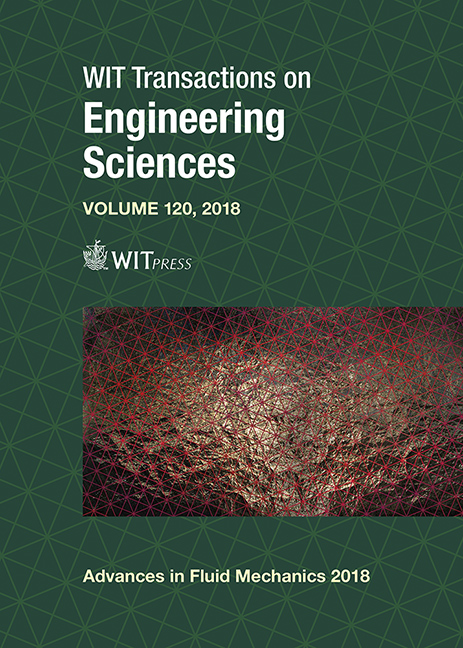A REVIEW OF MODELLING APPROACHES FOR FLOW AND HEAT TRANSFER IN NANOFLUIDS
Price
Free (open access)
Transaction
Volume
120
Pages
10
Page Range
9 - 18
Published
2018
Size
163 kb
Paper DOI
10.2495/AFM180021
Copyright
WIT Press
Author(s)
JURE RAVNIK, JAN TIBAUT
Abstract
When designing devices in the field of process, power and heat engineering the choice of the fluid that transports heat, mass and momentum is crucial. The thermal properties of such a fluid defines the efficiency of the device. Since the thermal properties of the standard heat transfer fluids, such as water or oil, are not optimal, nanofluids were introduced. A nanofluid is a term describing a dilute dispersion of particles in a fluid. The diameter of particles is in the order of ten nanometres. The particles are made of metal oxides, which enhance the thermal properties of the suspension. In this paper we will present the current trends in nanofluid modelling – from the effective properties approach, an approach that features additional equation for nanofluid concentration – to Euler–Lagrange type approaches.
Keywords
nanofluid, suspension, modelling, computational fluid dynamics





